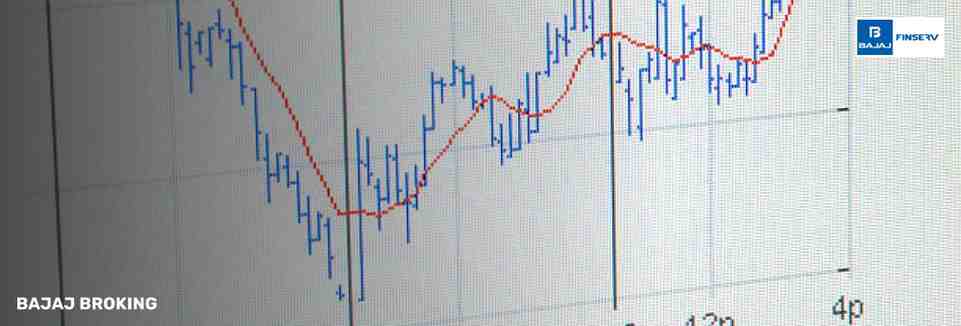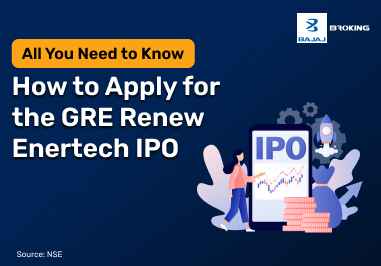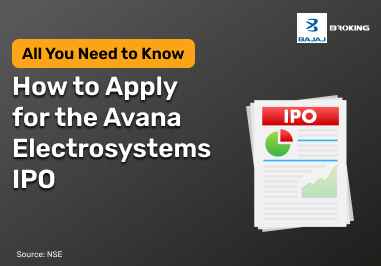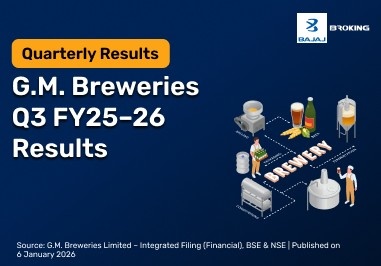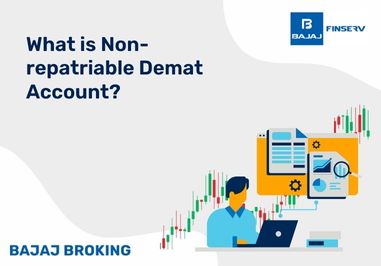When you look at index numbers, understanding Total Return Index vs Price Index can make a big difference. The Price Index reflects only the capital movement in its components. The Total Return Index (TRI) includes both capital gains and income, such as dividends or interest, assuming that income is reinvested. This means TRI better reflects real investment growth. Knowing this distinction helps you plan your portfolio more effectively and compare performance accurately.
What is the Total Return Index (TRI)?
The Total Return Index tracks the full value growth of an index, counting not just price increases, but also reinvested income. It assumes every dividend or interest payment is ploughed back into the index. Compared with the Price Index, the TRI gives a clearer view of actual investment potential, including yield from blue chip stocks, managed through mutual funds or ETFs. That’s why Total Return Index vs Price Index can show a significantly different result over time—especially in income-rich assets.
Example of Total Return Index
Let’s say you want to track how an index performs over two days. You look at the Price Return Index (PRI), which shows only price movement, and compare it with the Total Return Index (TRI), which adds dividend income.
Assume the index starts at a base level of 10,000. On Day 2, the market moves up 5%, and there's a dividend payout of 1%. The TRI reflects both.
Here’s how this plays out:
Day
| Price Index (PRI)
| Indexed Dividend
| Total Return Index (TRI)
|
Day 1
| 10,000
| —
| 10,000
|
Day 2
| 10,500 (+5%)
| 100 (1%)
| 10,605 (+6.05%)
|
The TRI increases more than the PRI because it accounts for the ₹100 dividend reinvested. This simple example shows the practical difference when comparing Total Return Index vs Price Index—with TRI, you're seeing a more complete picture of your actual returns.
How to Calculate the Total Return Index?
The Total Return Index (TRI) shows how much an index has grown, including both price movements and income like dividends. It uses a simple formula:
TRI today = TRI yesterday × [1 + {(Price Index today + Indexed Dividend) ÷ Price Index yesterday – 1}]
|
Let’s break that down into three easy steps:
Step 1: Calculate the Indexed Dividend
Start by finding the dividend’s impact on the index. To do this:
Indexed Dividend = Dividend Paid ÷ Base Market Capitalisation of the Index
|
This step adjusts the dividend to reflect its value in index terms. The result is a number you can add to the price index.
Step 2: Adjust the Price Index for Dividend
Now, add the Indexed Dividend to the current day’s Price Index. Then divide the result by the previous day’s Price Index:
Adjusted Factor = (Price Index today + Indexed Dividend) ÷ Price Index yesterday
|
This gives you the total return growth factor for that day—price change plus reinvested dividend.
Step 3: Apply the TRI Formula
Finally, multiply the previous day’s TRI with the growth factor you just calculated:
TRI today = TRI yesterday × Adjusted Factor
|
This gives you the updated TRI, reflecting both capital growth and income
Total Return Index vs Price Index
Aspect
| Total Return Index (TRI)
| Price Index (PRI)
|
Inclusions
| Price changes + dividends or interest
| Price changes only
|
Accuracy
| Offers a full picture of investment growth
| Misses out on income components
|
Investor Usage
| Used for long-term fund benchmarking
| Traditional use, suited for price-tracking
|
Value Insight
| Reflects total gain over time
| May overstate performance in income-rich assets
|
Application with ETFs
| Ideal for dividend-focused portfolios
| Only captures market price shifts
|
Advantages of Total Return Index vs Price Index
Helps in Precise Performance Assessment
The Total Return Index (TRI) captures both price movements and cash income such as dividends or interest. This makes it more accurate than the Price Index (PRI), which only reflects capital changes. With TRI, you get a clearer picture of what your investment is truly earning.
Enables Better Benchmarking Against Fund Managers
TRI lets you compare your mutual fund’s performance with professionally managed portfolios more effectively. Since it includes income reinvestment, TRI helps you understand whether your fund has outperformed or underperformed relative to its benchmark in real terms.
Useful for Long-Term Investment Analysis
When you're investing with a long-term goal, TRI offers a more reliable way to assess the strength of your holdings. Over time, dividends and reinvested earnings can form a significant part of the total returns—something PRI misses. This makes TRI more aligned with how long-term capital growth plays out.
Applicable Across Mutual Funds, ETFs, and Stocks
TRI is used for more than just broad index comparison. You can use it to evaluate specific investments like mutual funds, exchange traded funds (ETFs), or even dividend-paying stocks. It helps you understand whether your investment has grown from both price appreciation and income distribution.
Tips for Using Total Return Index vs Price Index
Choose the Right Benchmark Before Investing
Check which benchmark your fund or ETF is tracking—whether it's based on the Total Return Index or Price Index. For example, one fund might follow the Nifty 50 TRI, while another tracks a global index like the S&P 500 TRI. Always align this choice with your personal financial goals.
Consider Other Factors Beyond TRI Performance
While TRI gives you a clearer picture of overall index performance, don’t rely on it alone. You should also consider the fund manager’s track record, expense ratio, and whether the fund’s strategy suits your risk tolerance and time horizon. TRI is one piece of the larger decision-making process.
Understand the Assumption of Reinvestment
TRI assumes that any dividends or interest earned are reinvested back into the fund or index. This may not always reflect your actual investment behaviour. In bond-based indexes, for instance, it assumes that coupon payments are used to buy more bonds. Keep this in mind when comparing it to your real portfolio performance.
Conclusion
Understanding Total Return Index vs Price Index helps you make informed investment decisions. The Price Index shows market movement; the Total Return Index adds the income component. For most investors—especially those seeking long-term growth—TRI helps track real investment progress more accurately.
Disclaimer: Investment in securities market is subject to market risks. Read all the related documents carefully before investing. This article is for informational purposes only and does not constitute investment advice.
